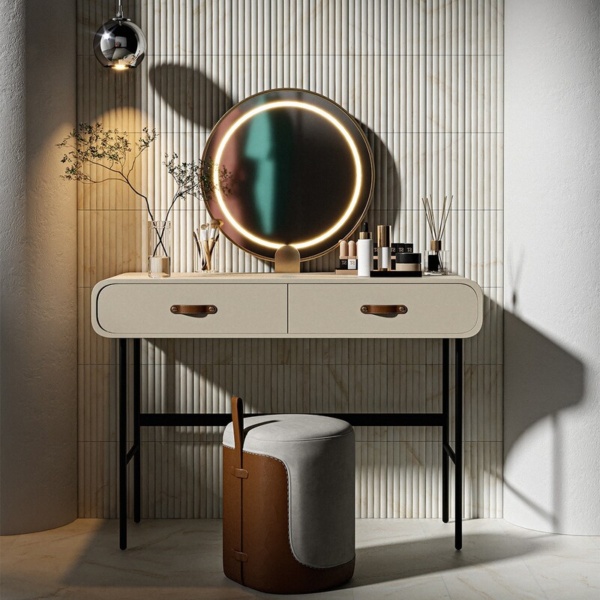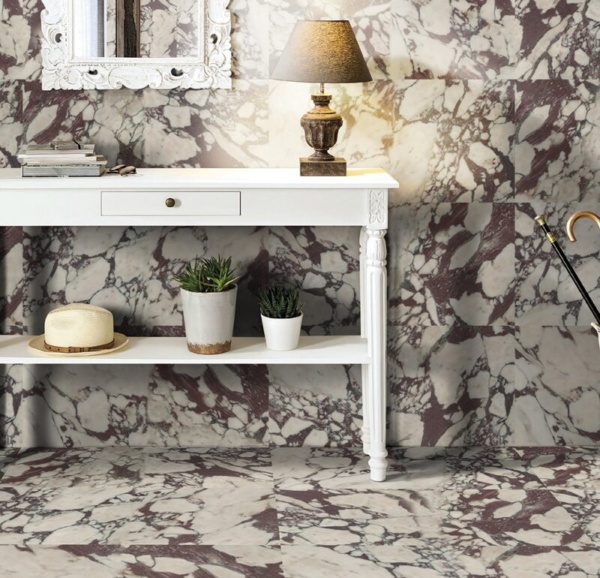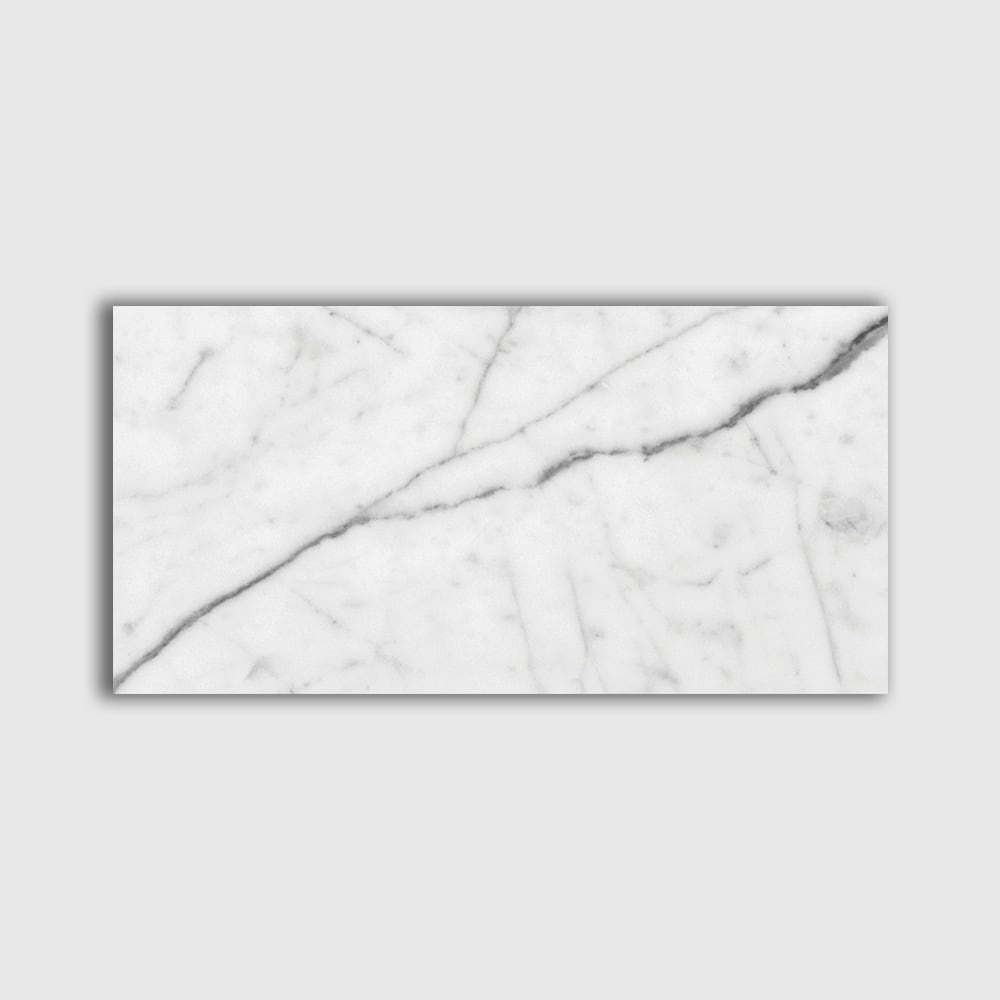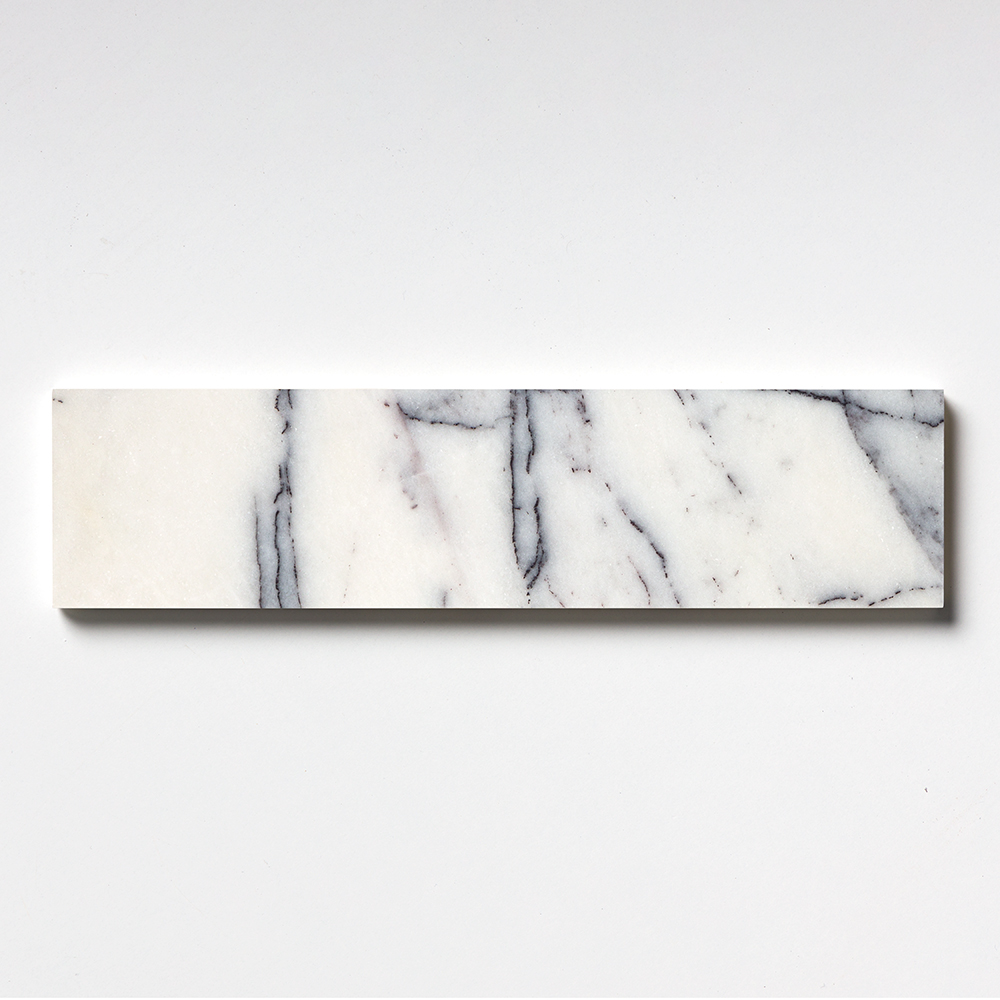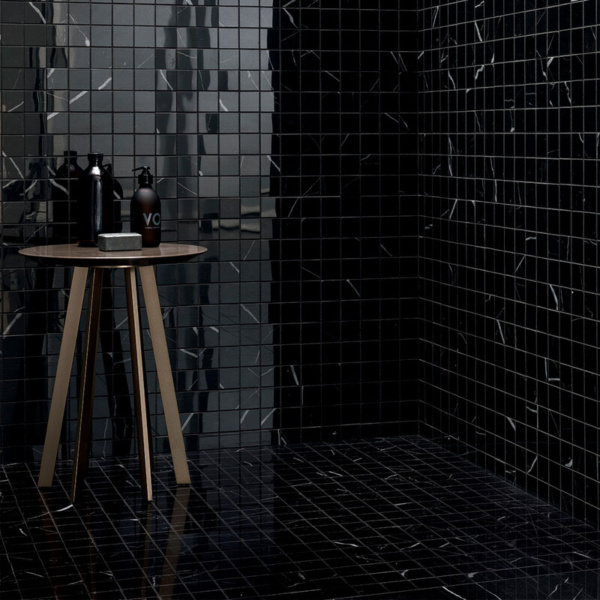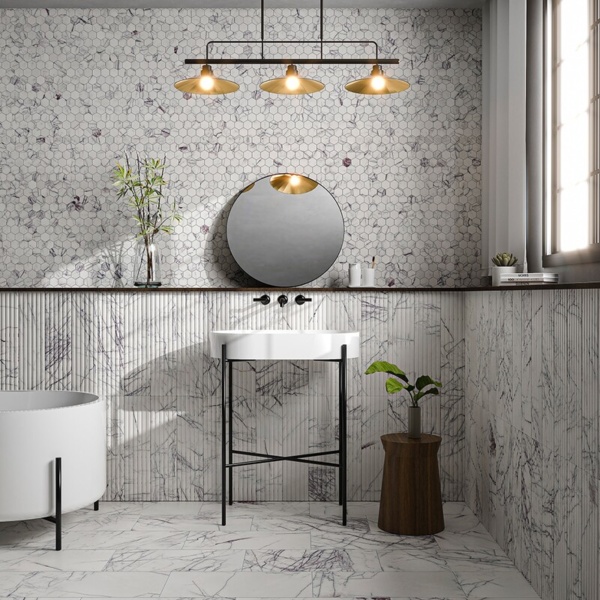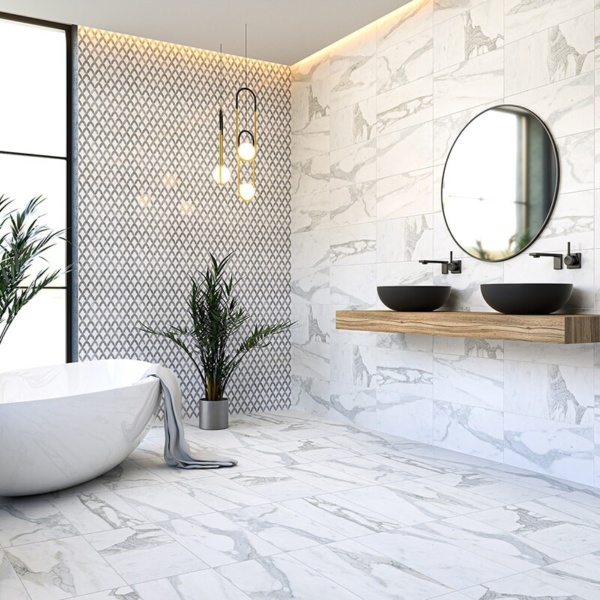Marble Tile Trends in New York City
The interior design world is currently captivated by the timeless charm and elegance of marble tiles. This article dives into the various aspects of this trend, exploring the appeal of marble tiles, the benefits they offer, and the popular styles currently dominating the market.
If you’re in search of top-quality marble tiles in New York City, look no further than Country Floors. This article explores the reasons why Country Floors’ New York showroom stands out as the premier choice for marble tiles, highlighting trends, preferred sizes, finishes, and showcasing noteworthy projects.

Stepping into the World of Marble Tiles
Marble tiles have been the epitome of luxury and opulence since ancient times, from the grand edifices of Greece to the magnificent Taj Mahal. Their popularity in modern interior design shows no signs of waning. The ever-evolving marble tile trend is transforming homes and businesses across the globe, making it a must-have in any stylish space.
Tailored Selection for Compact Spaces:
New York City and Brooklyn bathrooms are small and efficient in space design. New York bathrooms are small compared to the nationwide average as most of the apartments in the city are. A typical New York bathroom is 5×7 feet. Architects and designers have to fit a shower or tub, toilet, and a sink in that space.
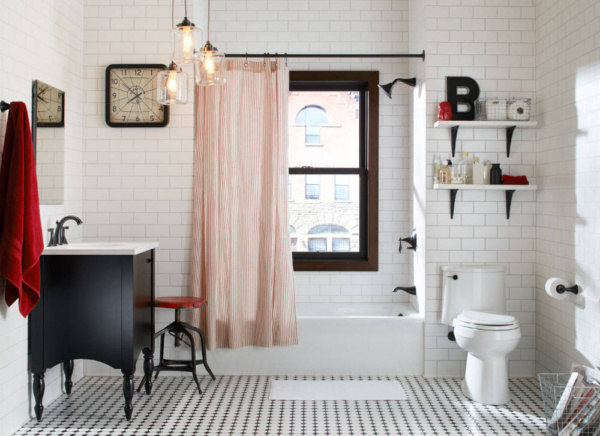
Unlike living room tile or bedroom wood floors, tile selection for a public bathroom has to address many space and design concerns. Furthermore, New York city bathrooms, by default, are contemporary or transitional. Therefore, small porcelain mosaics or marble penny rounds are desirable.
Preferred Tile Sizes
While traditional subway tiles remain popular, Country Floors provides a range of options such as elongated hexagon tiles, modified teardrop tiles, and large-format tiles like 12×24 or 24×24 tiles. Large-format tiles reduce grout joints, enhancing the overall aesthetic.
Top 3 New York Bathroom Trends 2024:
1. Nero Marquina Polished 2×2 Mosaic Tile
2. Fluted Tiles
3. White Clean & Minimalistic Tiles
Micromosaic tiles or small mosaics like basketweaves, herringbone mosaics, or straight mosaics can also be an excellent addition to any bathroom project. Small-size mosaics give a nice feel to any small bathroom. An additional feature of small collections is to be able to tile any type of wall, such as walls that are remodeled and not very straight. Mosaic tiles are flexible to any tile installation. Carrara marble looks particularly useful in small-size mosaics. Marbles with a lot of variation like Calacatta Marble look more elegant in bigger size tiles like 4×4 tiles.
Latest Noteworthy Projects For Some Inspirations
- Snow White Premium Bianco Dolomiti Marble Tiles
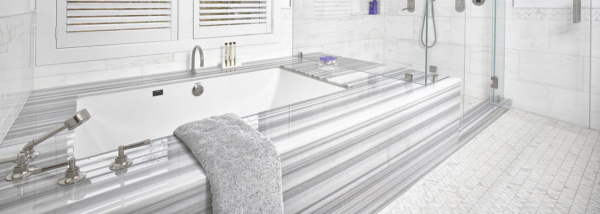
- Black and white stone flooring
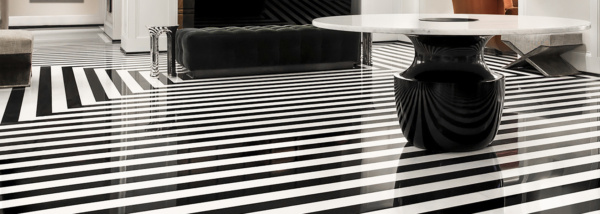
The Mark Hotel is a recently completed project on the Upper East Side in Manhattan. This luxury hotel and residential use project consist of 200 super luxury hotel suites developed by Alexico Group and famous French architect George Garange and New York architect Howard Spivak. Very exclusive Thassos Marble and Belgian Black marble were used in most of the rooms.
Thin long strips of Thassos, Bianco Sivec marble, were accented by wider strips of custom Belgian Black Marble. These long pieces were as long as. 6 ft and were extremely difficult to find. All the bathrooms were custom fabricated locally in a shop in Long Island. The building was particularly challenging because it was old, and all the walls were nonstandard in interior dimensions.
The hotel lobby is particularly impressive with unique marble floors.
Famous chef Jean George designed and operated the restaurant and the bar.
- Snow White Shower Project
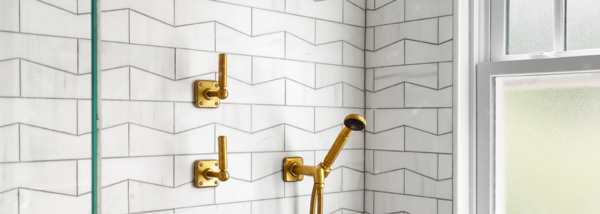
Conclusion
Embracing the marble tiles trend can breathe new life into your space. Whether you’re renovating a bathroom, designing a new kitchen, or simply looking to update your flooring, marble tiles offer a timeless, elegant, and versatile solution. Don’t hesitate to experiment with different styles, colors, and formats to create a look that truly reflects your unique sense of style.
Contact Us
If you’re interested in exploring our range of marble tiles, stop by our showroom in Manhattan. Our experienced team is ready to assist you with your project, no matter how big or small. You can also reach out to us online or call us on +12126278300. We look forward to helping you bring your vision to life!
